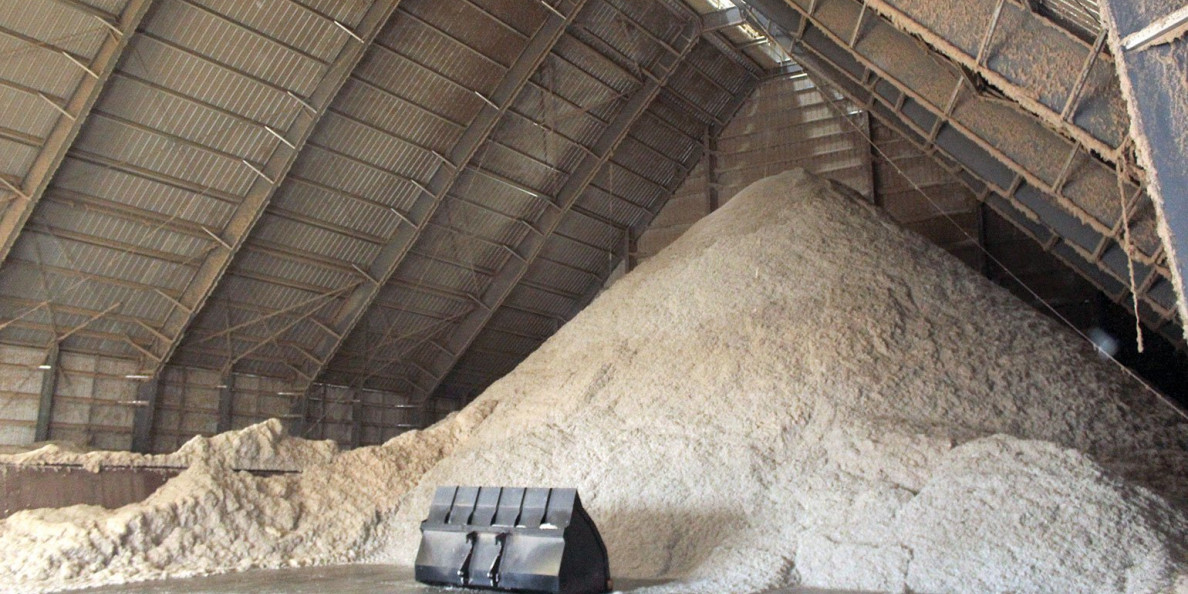Bringing any farming or farm-related technology to commercialization takes both time and money — and most of the time, incredible amounts of both.
For over 30 years, Cotton Incorporated has dedicated funding to cooperative research projects with Texas A&M AgriLife Research plant biotechnologist Dr. Keerti Rathore. His dedication and unyielding resolve to bring forward a cotton plant containing ultra-low levels of gossypol in the plant’s seed, while retaining normal gossypol levels in the plant itself, is an example of how science and the latest biotech tools were combined to achieve the decades-long goal.
Tom Wedegaertner, director, Cottonseed Marketing, Cotton Incorporated, understands the potential this achievement brings to the table, but also understands this development is just an important proof of concept. “Although many people involved with this project hope this achievement will give our cotton producers an immediate source of revenue or provide instant food for parts of the world where daily nutrition is challenging, that’s just not the case,” says Wedegaertner. “A number of things must still happen for this ultra-low gossypol plant to begin making an impact on areas of where it holds potential to do so.”
A commercial partner, a seed company, must be willing to see a value in the variety. Then a commercial seed increase will have to be planted. “I’m not down-playing Dr. Rathore’s success in any way, but let’s not get too happy slapping ourselves on the back. We should concentrate on what needs to be done to actually take this to the next level,” adds Wedegaertner. “This material won’t hit the commercial market for at least five years if we can secure an agreement with a company willing to invest its time and money into its development.”
The Next Step
Part of the reason this breakthrough took years to achieve was the incremental development of biotechnology tools that could be used. In the 1990s, “antisense” technology brought a way to manipulate the expressions of genes within cells. “But the cotton plant figured out how to make gossypol despite the use of this technology,” says Wedegaertner. “By early 2000, Dr. Rathore used RNAi, an improved technology over antisense technology, plus a ‘seed-specific promoter’ he developed. By 2008, he had an actual ‘proof of concept’ plant in a greenhouse.”
Now even newer, more improved tools, like CRISPR, which allow scientists to take minute bacteria of an invading virus’ DNA that can then be used to target that virus if it attacks again. “The tools that are becoming available to scientists are almost mind-boggling, but they will lead to future developments that have very impactful and beneficial uses,” adds Wedegaertner.
Any company willing to take on this germplasm will want to be assured their efforts will be profitable to their future bottom line — in terms of ROI. The recent announcement by the United States Department of Agriculture’s Animal and Plant Health Inspection Service, and their granting TAM66274 a “non-regulated status” simply means they have no more questions or concerns about this line of cotton.
“Seed used in this project has been heavily regulated up to this point,” adds Wedegaertner. “We couldn’t even ship seed from Texas A&M to Cotton Incorporated without a permit, and the seed had to be double-sealed. There were strict protocols for cutting stalks, and those involved with field production activities had to return to those varietal plots to look for volunteer plants the next year.”
There are approximately one-half million acres of conventional (non-genetically modified) cotton varieties currently being grown across the Cotton Belt. As Wedegaertner talks to perspective seed companies about inserting this “non-gossypol trait” into a variety, he knows it will take 5,000 to 10, 000 acres of it to provide an oil mill with enough seed so they may see a value in processing it. “Our long-term goal is to have a half-million acres or so in about five years,” he adds. “It’s a standard ramp-up time for any new variety.”
Cotton Incorporated’s Agricultural Research division is working with a consultant to gather numbers related to costs associated with the development of the entire regulatory package. Wedegaertner has been asked one question numerous times by board members through the years: “How much has this cost the Research and Promotion Program to date?”
A number around $5 million is not unrealistic. To really put costs in perspective, Wedegaertner urges everyone to remember the U.S. produces 5 million to 6 million tons of cottonseed annually. That $5 million was allotted over 26 years. “Even in years when we funded the product heavily, we were only putting in a couple of hundred thousand dollars,” says Wedegaertner. “You have to have long-term goals and strategies in research, and that’s what this was.”
What is the potential payoff? If a producer only makes a $10 premium for this seed, on a 6-million-ton cottonseed crop, that equates to $60 million annually going forward.”
Will this development have the same impact the industry as the module builder had when it was created? Wedegaertner says no. “The module builder has been around for over 50 years and it’s almost obsolete,” he adds. “Fifty-years from now nobody will want to put gossypol back into cottonseed. This achievement will be good forever. Long-term, it will be much bigger than the module builder ever hoped to be.”


